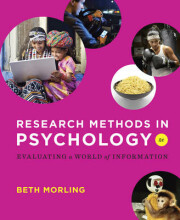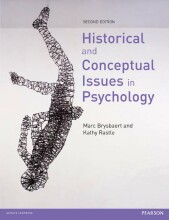Summary: Statistics The Art And Science Of Learning From Data : Third Edition ... | 9781784483517 | Alan Agresti, et al
- This + 400k other summaries
- A unique study and practice tool
- Never study anything twice again
- Get the grades you hope for
- 100% sure, 100% understanding
Read the summary and the most important questions on Statistics The Art and Science of Learning from Data : Third Edition : Alan Agresti & Christine Franklin | 9781784483517 | Alan Agresti; Christine A. Franklin
-
1 statistics: the art and science of learning from data
This is a preview. There are 10 more flashcards available for chapter 1
Show more cards here -
what is descriptive statistics?
summarizing and analyzing the data, thats obtained. -
what is inferencial statistics?
making decisions and predictions based on the data for answering statistical questions. -
what is a (sample) statistic?
a numerical summary of a sample taken from the population. -
2 Exploring data with graphs and numerical statistics
This is a preview. There are 88 more flashcards available for chapter 2
Show more cards here -
when is a variable categorial and when is it quantitative?
it's categorial if the observations can be put in categories, and its's quantitative if the observations can be expressed in numbers. -
what is the key characteristic of a quantitive variable?
there has to be different magnitudes, or you need to be able to take an average of the variable. -
when is a quantitive variable dicrete, and when is it continuous?
it is descrete when it's possible values form a set of seperate numbers, it's continuous when the possible values form an interval. -
what is the modal category?
the category with the highest frequency. -
what is the pareto principle?
a small subset of categories often contains most of the observations. -
what is a histogram?
a bar graph that shows the (relative) frequencies of the observations of a quantative variable. -
if the set of data is small which type of graph is usually preferred?
the stem-and-leaf plot or the dot plot is usually preferred.
- Higher grades + faster learning
- Never study anything twice
- 100% sure, 100% understanding
Topics related to Summary: Statistics The Art And Science Of Learning From Data : Third Edition ...
-
Exploring data with graphs and numerical statistics
-
Association: contingency, correlation, and regression
-
Statistical inference: confidence intervals
-
Statistical inference: significance tests about hypothesis
-
Comparing two groups
-
Analyzing the association between categorical variables
-
Analyzing association between quantitative variables
-
Nonparametic statistics

































